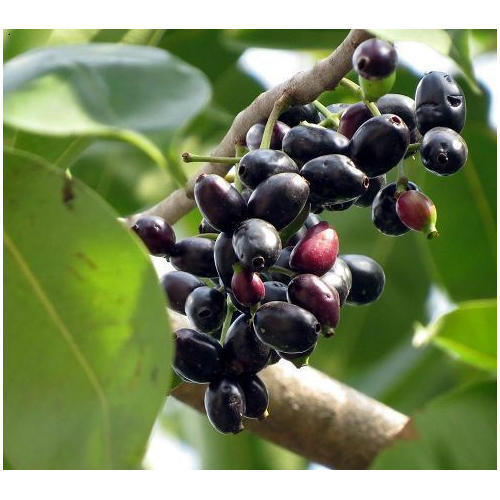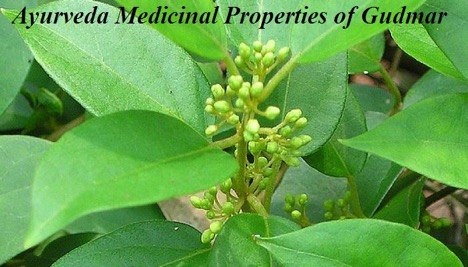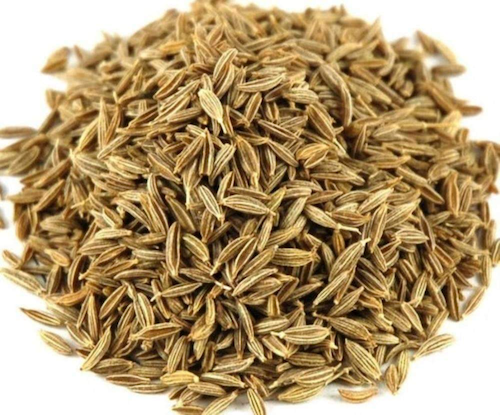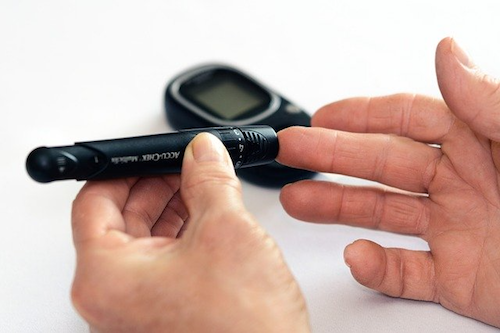Ayurveda recommends neem for acne, pimples, psoriasis, dandruff, obesity, and diabetes. Ayurvedic Home remedies with neem Leaves, bark, seeds, and flowers help in these conditions.
Related article Natural Ayurvedic Remedies for Diabetes
About Neem Plant
Neem which has its botanical name as Azadirachta indica is a famous tree that is equipped with numerous medicinal properties, beneficial to treat many diseases, and serves as an ingredient in many home remedies. It is usually grown in the Indian subcontinent and now in some parts of the Middle East. It belongs to a mahogany family named Meliaceae.
It is a fast-growing, evergreen tree that reaches a height of 15 to 20 meters. Its trunk is short and straight. Leaves are alternate, and Pinnate. It needs a hot climate to grow and grown mainly in Burma, India, and Pakistan
The trees of neem grow faster and spread leaves broadly to bring out white and fragrant flowers and small drupe fruits which are characterized by bittersweet pulp. Neem leaves are the most important parts of the neem tree, and they are widely used in many subcontinent industries for many medicinal products such as oil, herb, pest repellent, and much more.
The tree of neem contains numerous chemical compounds to provide many medicinal properties such as anti-arthritic, spermicidal, anti-inflammatory, antipyretic, antibacterial, diuretic, antimalarial, hypoglycaemic, and anti-fungal properties. The seeds, leaves, flowers, and bark of neem are employed in Ayurvedic medicinal preparations and as well as home remedies for many health problems.
Balances Kapha dosha and pitta dosha
Texts of Ayurveda describe the medicinal properties of neem as follows
It is light to digest Laghu (lite) and has tikta rasa (bitter taste) and katu rasa (spicy taste). It acts as a body coolant and balances Kapha dosha and pitta dosha. It is mainly recommended for the treatment of skin diseases and for ayurvedic liver detox.
Heals wounds fast
Neem oil, flower, bark and leaves are all used to treat wounds on the skin. It cleanses the wound and accelerates the healing process. It speeds up granulation tissue generation and helps to reduce scars. Neem helps to dry wounds.
Cleanses Digestive system.
This plant increases appetite, eliminates intestinal parasites, improves taste, and detoxifies the liver. It balances pitta which in turn balances Agni (digestive fire). Hence it is praised as agnikrut . Due to its detoxifying properties, it helps to keep organ systems healthy, especially the circulatory, digestive, respiratory, and urinary systems. Read Ayurveda Liver Detox – An Easy Liver Cleansing Guide
Clears Skin Diseases
Neem is proven to be beneficial in treating skin diseases because of its antibiotic, anti-fungal, and blood-purifying properties. According to Ayurveda principles, vitiated Kapha and pitta cause skin diseases. Neem pacifies vitiated Kapha and pitta, thus helping to cure skin ailments. Its fresh leaves’ juice helps treat skin diseases. Its blood-purifying, and anti-fungal properties help to heal ailments like Acne, pimples, and fungal infection. It promotes wound healing as it is antibacterial and astringent. It reduces infection and inflammation of acne. Neem also acts as an anti-dandruff herb when used with oil. Neem helps to maintain the health of scalp skin and prevents dandruff. It helps to remove scalp acne and reduce dandruff. It is also useful to get rid of back acne.
Useful in Psoriasis
In psoriasis, it reduces itching, irritation, and the roughness of the skin and heals the psoriatic patches. In the same way, it heals eczema too. Neem when used internally along with herbs like Turmeric (Curcuma longa), Tulsi (Ocimum sanctum), Giloy or Guduchi, Vidanga (Embelia Ribes), and Giloy or Guduchi helps to reduce skin ailments like psoriasis. Its anti-inflammatory and anti-arthritic properties help in psoriatic arthritis too. Consuming neem capsules and tablets for psoriasis helps to reduce infections and hastens the healing process.
Helps with fever, cough, and cold
The bark of neem is very useful for fever, cough, and cold. Its decoction reduces thirst and acts as a body coolant.
Reduces pain in joints
Its oil is used in joint and muscular pain. Neem oil is very useful in arthritis (amavata) as it has anti-inflammatory properties.
Helps in Maintaining oral hygiene
Tender branches of the neem trees are used for brushing teeth. Its oil is useful to massage gums and reduces inflammation of gums.
Reduces Cholesterol and Obesity
Recent studies show that neem helps to reduce cholesterol. This plant is recommended for the treatment of obesity and it helps in weight loss
Helps in the management of Diabetes
Neem is a household name in India when home remedies are concerned. Ayurveda acharyas have quoted lengthy verses in praise of neem. Neem with its medicinal properties rejuvenates the liver and normalizes its function. The toxins accumulated in the liver are regularly expelled with continuous consumption of neem. This helps to regularize the varying blood cholesterol and blood sugar level. Ayurveda vaidyas recommend neem juice while addressing diabetes.
Neem also helps to rejuvenate the skin. Diabetic patients are more prone to itchy skin and dry skin. Regular use of neem assists skin to slowly overcome this condition.
In my clinical practice, I have obtained positive feedbacks from diabetic patients after using preparations and home remedies of neem.
Chemical composition of neem:
Neem tree has numerous medicinal properties by virtue of its chemical compounds. Seeds of the Neem tree contain the highest concentration of Azadirachtin. Apart from Azadirachtin , salannin, gedunin, azadirone, nimbin, nimbidine, nimbicidine, nimbinol, etc are other important liminoids of neem.
Uses of neem in horticulture:
Neem has been the most traditionally used plant in India, Pakistan, and Africa to protect grains and cereals from pests. Fresh neem leaves are mixed with grains and cereals before storing. A paste of fresh neem leaves is rubbed against the wall of large mud bins or gunny bags in which the grains and cereals are stored. Sometimes a thick layer of dry neem leaves is spread over grains. Neem oil extracted from seeds acts as the best bio-pesticide. Jute sacks treated with neem oil or extracts of neem are used to store food grains. Neem oil is a very cheap and effective household pesticide to protect grains and legumes from pests. Neem is being used to protect stored roots and tubers from potato moths.
Azadirachtin is available in high concentrations in neem seeds. It is used as a “botanical pesticide” that is environmentally friendly. It prevents insects from feeding on plants and regulates the growth of insects. Neem extracts do not harm the insects like bees, spiders, and butterflies which help in pollination.
Neem in Ayurveda
Neem is known for its immeasurable medicinal properties and is used as a main ingredient in many home remedies. Commending the medicinal properties of neem, numerous Sanskrit names have been coined by our Ayurveda acharyas . A few of them are mentioned here. Neem is known as Nimba in Ayurveda. It means it boosts health. It is praised as Pichumarda as it destroys skin diseases. As it is used to ward off evil powers that harm our body, it is known as Arishta.
The Indian languages have different names for this plant. LOCAL NAMES(in India) :neem (Hindi), nim (Bengali), kadunimb (Marathi), margosa tree (English), vembu (Tamil), Bevu (Kannada), limado (Gujarat)
Home Remedies with Neem
Here are few home remedies of neem which may help diabetic patients. (Please consult your family physician before using these home remedies, as neem quickly reduces blood sugar level. )
For uncontrolled blood sugar:
Please note that following a strict diet is very important to keep this condition under control. Uncontrolled blood sugar leads to klaibya or erectile dysfunction, low sperm count, low libido, and heart and kidney problems.
Collect 2-3 teaspoons of fresh neem flowers and tender neem leaves. Soak them overnight and crush them in a blender with little water. Squeeze the juice and mix ½ cup of water. Drink this on an empty stomach in the morning. Neem flowers and neem leaves can be collected during the blossoming season and dried powder of this mixture can be used when the season ends. Take care to dry this mixture in the hot sun and store it in a cool dry place.
Diabetic Skin infection
Diabetics usually experience frequent skin infections due to bacteria, fungus, and yeast. Applying a pack of crushed neem leaves once a week helps to prevent these infections. Collect fresh neem leaves and blend them to a fine paste. Apply this paste as a bodypack and wash it off after 20 minutes. Dried neem powder can be used if fresh neem leaves are not available. Mix plain water with dried neem powder and allow it to soften for 15 minutes before applying. This bodypack may cause dry skin. Apply moisturizer after the bath to overcome the dryness of the skin.
Add a few drops of neem oil to bathing water. This helps to keep the microbes away.
In Diabetic foot:
When you have a fungal infection between your toes wash your feet with lukewarm water and dry them completely with a soft towel (pat dry). Take care to dry thoroughly between toes. Apply turmeric mixed with neem oil at night between the toes and wash it off with lukewarm water and mild soap in the morning. Repeat the same in the morning.
For acne and pimple
Apply Crushed fresh leaves of neem on acne. In the case of body-acne mix a fine paste of fresh neem leaves in little water and smear this mixture on the back, chest, and shoulders.
For skin itching
In itching, the application of neem oil on affected areas helps. Boil neem leaves in a big bowl of water and mix this in bathing water. This reduces body itch.
For Dandruff and head lice
- Massaging neem oil to the scalp removes head lice and prevents the formation of dandruff.
- Mix dry neem powder, shikakai, and amla in water and apply this as a pack on the head. This pack has to be kept for 45 minutes and washed off later. This prevents hair loss and dandruff. Fresh neem leaves can also be used instead of dry neem powder.
For fungal infection
A freshly prepared paste of turmeric, neem, and sesame seeds is recommended in Ayurveda for fungal infection between the toes.
For mosquitoes
Fumigating the house with the smoke of dried neem leaves in the evenings for 1-2 minutes is an excellent ayurvedic method to keep mosquitoes away.
Neem flower recipe
Neem flower pachidi is prepared from roasted neem flower and is a famous dish in South India that is prepared during Ugadi. Neem flower rasam improves digestion and is very popular in Andhra and Tamilnadu.
Extract of skin-friendly neem is being used in manufacturing bathing soaps, hair gels, body lotions, etc. These products are gaining popularity in the market.
Conclusion
Neem is blessed with many essential properties that arrive at its numerous health benefits as stated above. However, despite these incredible benefits, it is worthy of mention that neem is not advisable to be used by toddlers or infants and those with liver or kidney problems should consult their health care professionals before using any part of this tree. Neem also contains a little sedative nature, and because of this, it should be consumed in moderation especially when taking along with other prescribed drugs. Apart from this, neem is beneficial to both body and soul to enhance overall body health.
Consult Dr.Savitha Suri for ayurvedic remedies. Email drsavithasuri@gmail.com . WhatsApp + 91 6360108663
Author : Dr. Savitha Suri Consultant Ayurvedic Physician
Free Ayurvedic Consultation
Call us at +91 9945995660 / +91 9448433911
Whats App + 91 6360108663/






